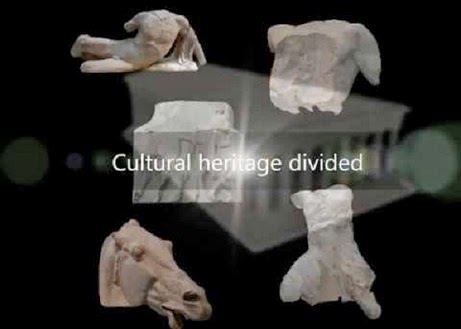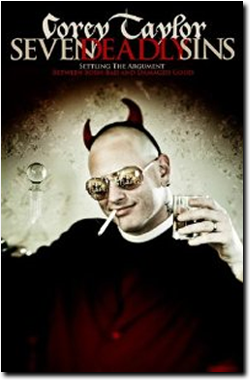Sew La Ti Embroidery [Search results for nature]
Displaying Treasures
Israel: Ancient Jewish necropolis named World Heritage Site

National Ecological Institute in South Korea
Heritage: We owe Greece a cultural debt, classicists say

Back from the dead: Astonishing pictures show how Japan is recovering just three months after tsunami

Half term holiday flights on knife edge: Family breaks under threat as Met office warns ash cloud could blanket Britain

The Architectural Chinese Greatness
In the supermarket centre there was a green emptiness

The Bulldogs (based on an underground comic-book)

North America: 18th century Spanish-built Alamo fort in San Antonio awarded World Heritage status

America's deadliest tornado for 64 years: Terrifying twister cuts six-mile swathe through a Missouri town, leaving up to 116 dead
Near East: Historic castle in southeast Turkey to be restored

Middle East: Saudi airstrike hits Yemen World Heritage site

Collee Gets Creative

Bouquet on a finger
Elf 'n' safety shuts Murray Mount: Fans might slip on the grass, warn officials

More Stuff: Is Greece about to lose the Parthenon Sculptures forever?

Solar: the Perfect Technology for the Contemporary Dwelling

Corey Taylor's "Seven Deadly Sins"

Green House on Sentoza Island





